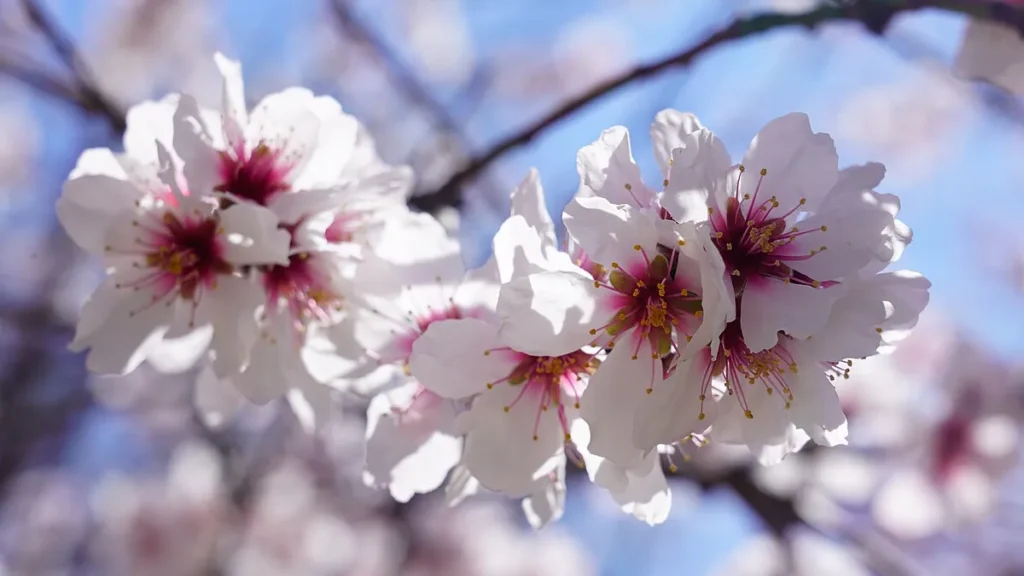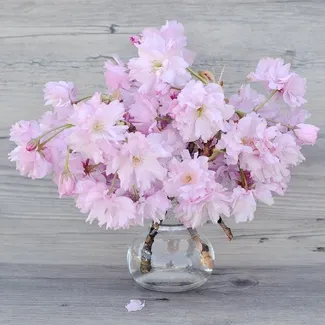WASHINGTON — Cherry blossoms, one of the nation’s most cherished springtime landmarks, are a clear sign that warmer days are on the horizon.
But these stunning pink blooms tell a deeper story — one connected to the ongoing impacts of climate change.
Table of Contents
Early Blooms Reflect a Warming Climate

Credits: Wikimedia Commons
Historical data reveals that rising global temperatures are affecting the timing of cherry blossoms. Over the decades, the trees have begun blooming earlier than usual, leaving their delicate petals susceptible to late-season frosts.
According to the National Park Service (NPS), which has monitored the trees since 1921, peak bloom — when approximately 70% of the blossoms are open — traditionally falls around April 3.
However, over the last 25 years, peak bloom has arrived earlier than this average a striking 19 times.
Get your room ready with this beautiful decor item NOW!
Affiliate Disclosure: The link is an affiliate link.
2025 Peak Bloom Prediction
For this year, the National Park Service predicts peak bloom between March 28-31. Mike Litterst, Chief of Communications for National Mall and Memorial Parks, bets on March 28 as the exact date.
Forecasters determine these dates by analyzing daily high temperatures, reviewing historical data, and observing early-blooming “indicator trees” that help predict when the rest of the blossoms will follow.
We're thrilled to announce that the cherry trees have reached stage 5 – Puffy White. The blossoms are starting to show, now we're just waiting on them to open. Peak Bloom is next!
— National Mall NPS (@NationalMallNPS) March 23, 2025
🌸🌸🌸🌸🌸/🌸
Follow #BloomWatch online at https://t.co/h04Gu0ksc1 #Cherryblossom #WashingtonDC pic.twitter.com/zgnFQZWu48
Impacts on Tourism and Ecology
Early blooms can disrupt the travel plans of the 1.6 million tourists who flock to Washington, D.C., for the annual spectacle.
Fortunately, these premature blossoms don’t currently pose a threat to the trees’ health. However, if warming trends continue, the timing of blooms may outpace the arrival of pollinators like bees.
“If there aren’t pollinators there, there’s nobody to carry the pollen, and that’s when you would have a concern about death of trees,” Litterst explained.
Though this scenario isn’t an immediate risk, it remains a potential long-term consequence.
If you enjoyed this article, consider sharing it with your friends and family and, subscribe to my newsletter and push notifications for FREE to stay updated with the latest stories and gadgets.
Thank you for reading this further.
FAQ – Frequently Asked Questions
When is the cherry blossom peak bloom in 2025?
The National Park Service predicts peak bloom will occur between March 28-31, with March 28 as a likely date.
Why are cherry blossoms blooming earlier?
Rising global temperatures have shifted peak bloom dates about eight days earlier since 1921.
How does the National Park Service predict peak bloom?
They analyze daily temperatures, historical data, and observe early-blooming “indicator trees.”
Do earlier blooms harm cherry blossom trees?
Not yet — but if blooms outpace pollinators like bees, tree health could be affected long-term.
What was the earliest cherry blossom peak bloom on record?
The earliest recorded peak bloom was March 15, 1990.
